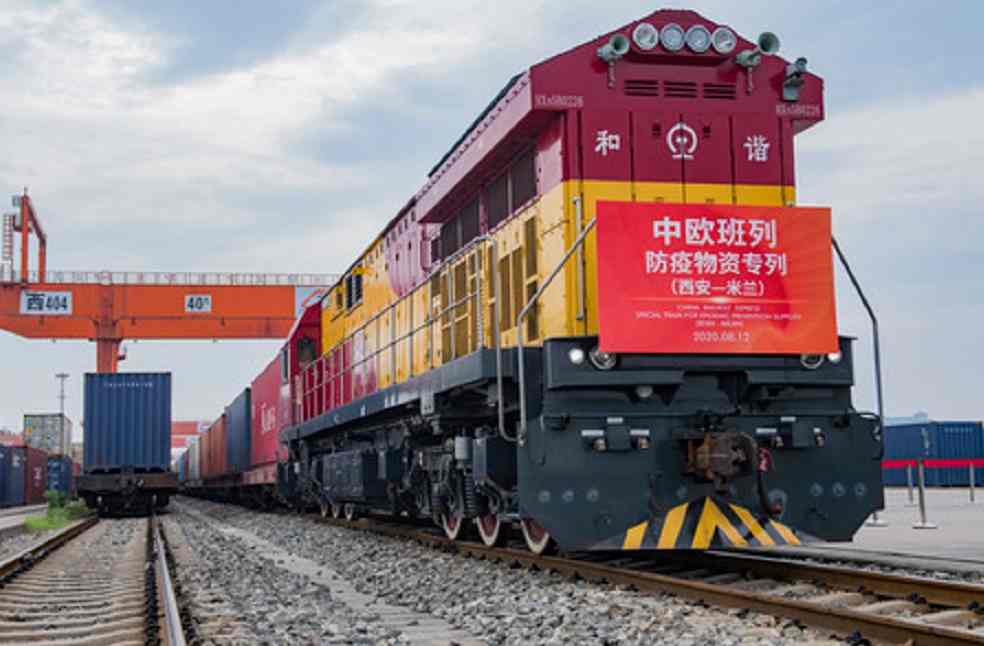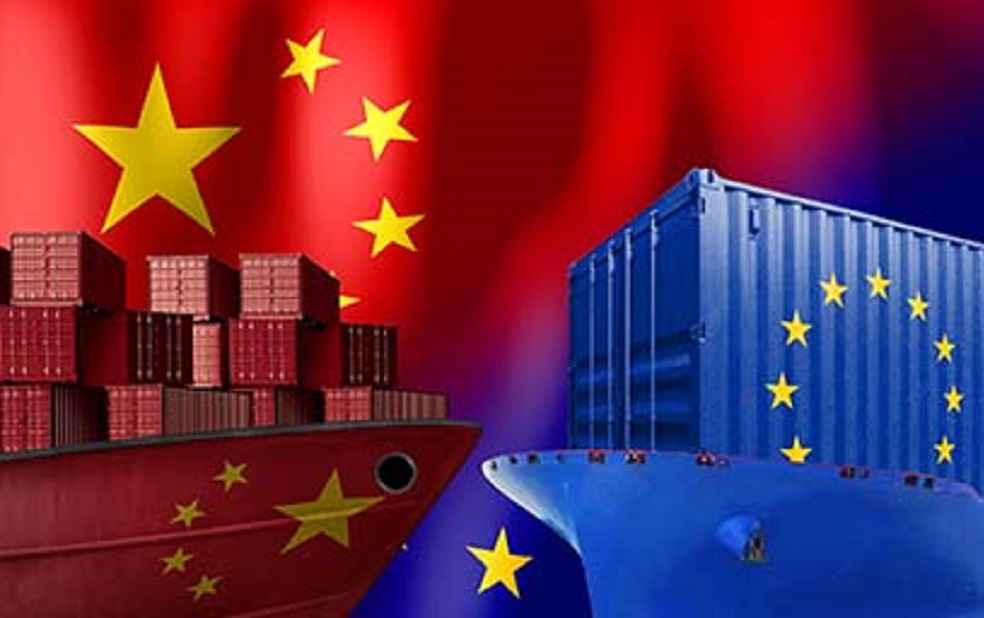The China-Europe freight train, a cornerstone of the Belt and Road Initiative, has completed its 100,000th journey, reinforcing its role as a crucial link in international trade and economic integration between China and Europe. The X8083 train, which left Chongqing’s Tuanjie Village Station for Duisburg, Germany on November 15, carries a diverse cargo including electronic products, home appliances, auto parts, and daily necessities.
Scheduled to arrive in Duisburg on Tuesday, this landmark trip highlights the train’s significant contribution to global trade, having transported over 11 million twenty-foot equivalent units of goods worth more than $420 billion since its inception in 2011. The service has consistently demonstrated a reliable, safe, and efficient performance, making it an integral part of the international logistics network.

Li Chao, deputy director of the National Development and Reform Commission’s policy research office, emphasized the train’s pivotal role in fostering open cooperation and mutual benefits among participating nations. “The China-Europe freight train service is an important carrier for open cooperation and mutual benefit among the countries involved in the Belt and Road Initiative. It has created a new, all-weather, high-capacity, green and low-carbon transportation route that has become a popular international public good,” Li remarked.
The rail service offers distinct advantages over other modes of transport. It is less influenced by natural environmental factors and provides greater stability. Costing only a fifth of air freight and with transit times a quarter of those by sea, the service appeals to a wide range of clients.
In 2022, goods transported by the China-Europe freight train accounted for over 7% of the total trade volume between the regions. Despite global challenges such as the COVID-19 pandemic and the Ukraine crisis, the service has shown remarkable resilience and growth, according to Wang Yangkun, head of the Transport Technology Development Research Center at the NDRC’s Institute of Comprehensive Transportation.

Wang further noted the service’s benefits include shorter transit times, cost savings, reduced inland logistics expenses, and an extensive service network. Over the past 13 years, the network has evolved from a few routes to a comprehensive system connecting 227 cities in 25 European countries and over 100 cities in 11 Asian countries, transforming the logistics landscape and expanding business opportunities across the continents.
Managed by China State Railway Group, the China-Europe freight train now supports the transportation of over 50,000 goods spanning 53 categories, from automobiles and machinery to electronic products and epidemic prevention materials, showcasing its adaptability and extensive reach in facilitating international trade and logistics.
MOST READ | Trudeau Returns Without Trade Tariff Assurances After Talks With Trump



